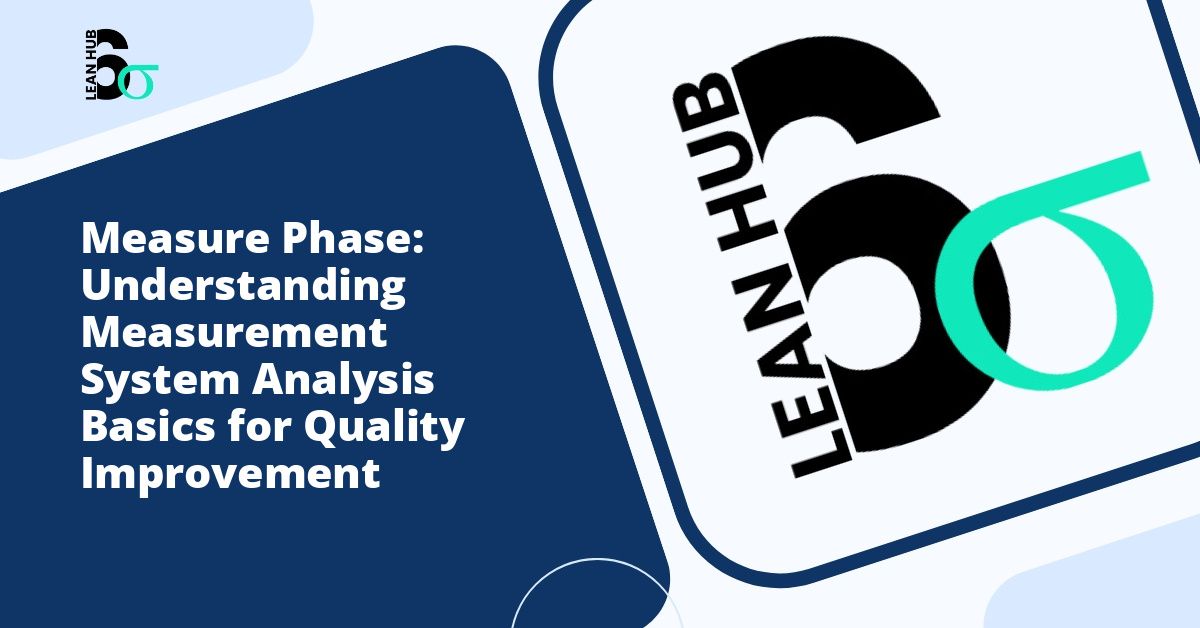In today’s data-driven business environment, collecting information is only half the battle. The real challenge lies in organizing and analyzing that data in ways that reveal meaningful patterns and actionable insights. This is where stratification becomes an invaluable tool for organizations seeking to make informed decisions based on their collected data.
Understanding Stratification in Data Collection
Stratification is a systematic approach to dividing data into distinct, homogeneous groups based on specific characteristics or variables. Rather than treating all data as a single monolithic entity, stratification allows analysts to segment information into meaningful categories that can be examined individually and comparatively. This method enables organizations to identify patterns, variations, and trends that might otherwise remain hidden within aggregated data sets. You might also enjoy reading about Bias and Linearity in Measurement Systems: Detection and Correction for Quality Excellence.
The concept of stratification has its roots in statistical analysis and quality management methodologies. In lean six sigma frameworks, stratification plays a crucial role during the recognize phase, where organizations identify problems and opportunities for improvement. By segmenting data appropriately, teams can pinpoint the root causes of issues and target their improvement efforts more effectively. You might also enjoy reading about Baseline Metrics in Six Sigma: How to Establish Your Starting Point for Process Improvement.
Why Stratification Matters in Data Analysis
Understanding why stratification is essential helps organizations appreciate its value in their analytical processes. Here are the primary reasons why data segmentation should be a fundamental part of your data collection and analysis strategy. You might also enjoy reading about How to Calculate Process Sigma Level: DPMO and Sigma Conversion Guide for Quality Excellence.
Reveals Hidden Patterns and Trends
When data is lumped together without segmentation, important patterns often disappear into averages and aggregates. For example, a company examining overall customer satisfaction scores might see an average rating of 7 out of 10. However, when stratified by customer demographics, product lines, or geographic regions, the data might reveal that one particular segment rates their experience at 9 out of 10 while another rates it at 5 out of 10. This level of detail transforms generic data into actionable intelligence.
Enables Targeted Problem-Solving
Stratification allows organizations to identify exactly where problems exist rather than applying blanket solutions across all operations. In the recognize phase of process improvement initiatives, this precision is invaluable. Teams can allocate resources to the specific areas that need attention rather than wasting time and money on areas that are performing well.
Improves Decision-Making Quality
Business leaders make better decisions when they understand the nuances within their data. Stratification provides context that helps distinguish between different scenarios, customer groups, or operational conditions. This context prevents the misapplication of strategies that might work for one segment but fail for another.
Supports Root Cause Analysis
When implementing lean six sigma methodologies, identifying root causes is fundamental to sustainable improvement. Stratification helps teams drill down through layers of data to discover the underlying factors contributing to problems or variations in performance. This systematic segmentation approach aligns perfectly with the analytical rigor that quality improvement initiatives demand.
Common Stratification Categories
Effective stratification requires selecting appropriate categories that align with your analytical objectives. While the specific categories will vary depending on your industry and goals, several common stratification factors apply across many business contexts.
Time-Based Stratification
Segmenting data by time periods such as hours, days, weeks, months, quarters, or seasons can reveal temporal patterns. This approach helps identify cyclical trends, seasonal variations, or the impact of specific events on performance metrics.
Demographic Stratification
When analyzing customer or employee data, demographic factors such as age, gender, income level, education, or occupation provide valuable segmentation opportunities. These categories help organizations understand how different population groups interact with their products or services.
Geographic Stratification
Location-based segmentation by region, country, state, city, or even specific facilities can uncover geographic patterns in performance, preferences, or outcomes. This is particularly useful for organizations operating across multiple locations.
Product or Service Stratification
Dividing data by product lines, service categories, or specific offerings allows businesses to compare performance across their portfolio and identify which items drive success or require improvement.
Process or Operational Stratification
Segmenting by production lines, departments, teams, shifts, or equipment helps organizations pinpoint operational variations and identify best practices that can be replicated across the organization.
How to Implement Stratification in Your Data Collection
Implementing an effective stratification strategy requires careful planning and systematic execution. Follow these steps to incorporate stratification into your data collection and analysis processes.
Step 1: Define Your Analytical Objectives
Before collecting any data, clearly articulate what you want to learn. What questions are you trying to answer? What decisions will this data inform? Your objectives will guide your stratification strategy and help you select the most relevant categories for segmentation.
Step 2: Identify Relevant Stratification Factors
Based on your objectives, determine which variables will provide the most meaningful segmentation. Consider factors that you suspect might influence the outcomes you are measuring. During the recognize phase of improvement projects, brainstorming sessions with cross-functional teams can help identify stratification factors you might not have considered.
Step 3: Design Data Collection Methods
Ensure your data collection instruments capture the information needed for stratification. This might involve adding fields to surveys, modifying database structures, or implementing new tracking mechanisms. The key is to capture stratification variables at the point of data collection rather than trying to add them retroactively.
Step 4: Collect and Organize Your Data
Implement your data collection plan systematically, ensuring consistency in how information is recorded across all categories. Maintain clear documentation of your stratification scheme so that everyone involved in data collection understands the categories and applies them uniformly.
Step 5: Analyze Stratified Data
Once you have collected sufficient data, analyze each stratum separately and then compare results across strata. Look for significant differences between groups that might indicate important patterns or problem areas. Visual tools such as stratified charts, segmented graphs, and comparative tables can make patterns more apparent.
Step 6: Draw Insights and Take Action
Translate your analytical findings into actionable insights. Identify which strata show positive performance that can be replicated and which require intervention. Develop targeted strategies that address the specific needs of each segment rather than applying one-size-fits-all solutions.
Best Practices for Effective Stratification
To maximize the value of stratification in your data collection efforts, consider these best practices that experienced analysts and lean six sigma practitioners recommend.
Start Simple and Add Complexity Gradually
Begin with one or two straightforward stratification factors and expand your approach as you gain experience. Over-complicating stratification from the outset can make data collection cumbersome and analysis overwhelming.
Ensure Adequate Sample Sizes
Each stratum should contain enough data points to support meaningful analysis. Very small sample sizes in particular strata can lead to unreliable conclusions and misleading patterns.
Maintain Consistency in Categories
Use clear, mutually exclusive categories that do not overlap. Each data point should fit into one and only one category within each stratification factor to avoid confusion and analytical errors.
Document Your Stratification Rationale
Keep records explaining why you chose specific stratification factors and how categories were defined. This documentation ensures continuity when team members change and helps others understand and trust your analytical approach.
Review and Refine Regularly
Periodically assess whether your stratification approach still serves your analytical needs. As business conditions change, you may need to add new stratification factors or modify existing categories to maintain relevance.
Conclusion
Stratification transforms raw data into organized, actionable intelligence by systematically segmenting information into meaningful categories. Whether you are implementing lean six sigma initiatives, conducting market research, or simply trying to understand your business operations better, stratification provides the analytical clarity needed to make informed decisions.
By revealing hidden patterns, enabling targeted problem-solving, and supporting root cause analysis, stratification elevates data collection from a routine activity to a strategic capability. The investment in designing and implementing proper stratification methods pays dividends through improved decision-making quality and more effective resource allocation.
As you incorporate stratification into your data collection practices, remember that the goal is not complexity for its own sake but rather clarity that drives action. Start with simple, relevant segmentation approaches and refine your methods based on the insights you gain. With consistent application and thoughtful analysis, stratification will become an indispensable tool in your analytical toolkit.








